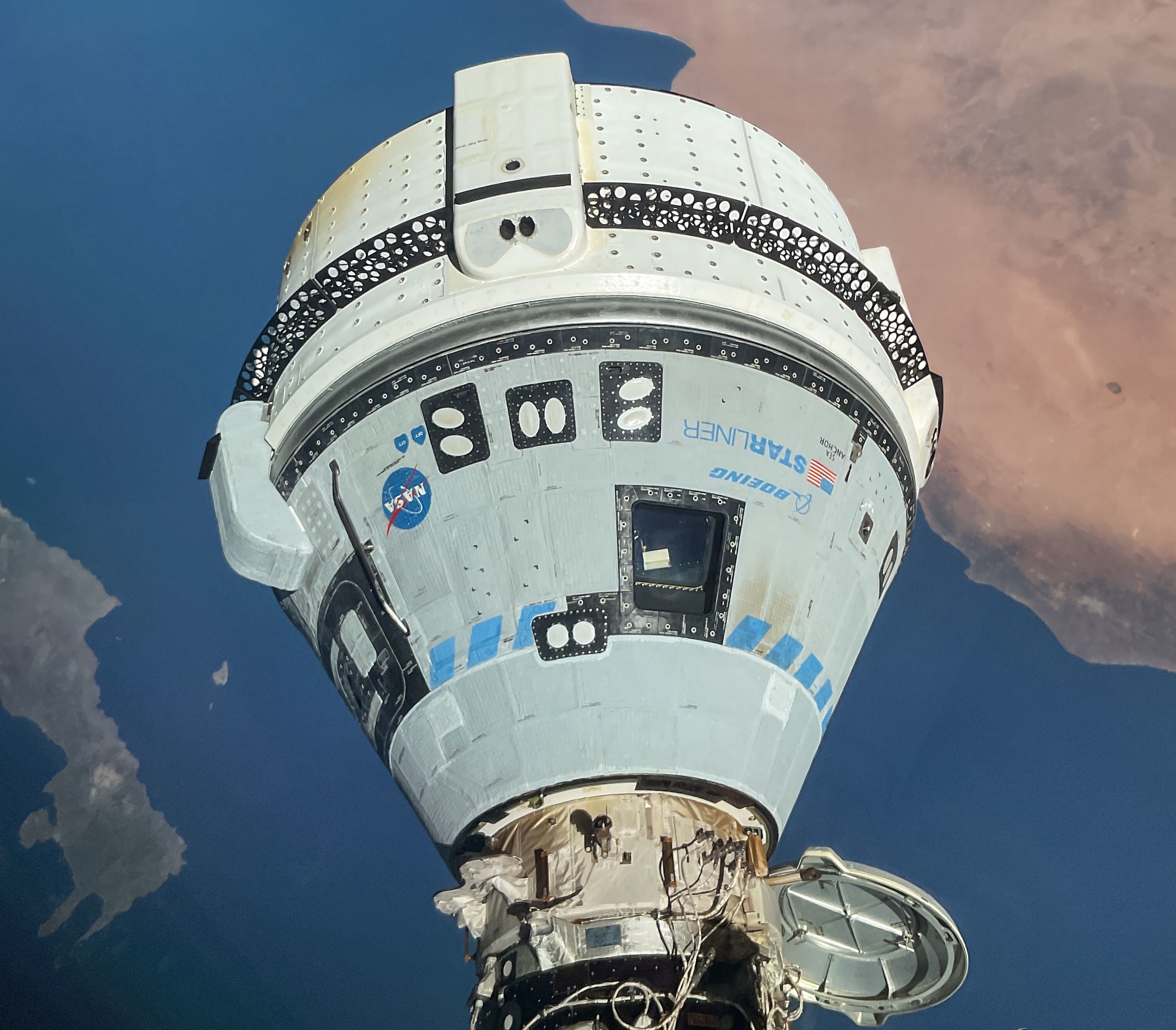
Two NASA astronauts, Sunita Williams and Barry Wilmore, have been unexpectedly staying at the International Space Station (ISS) since late June due to issues with Boeing's Starliner spacecraft. The spacecraft encountered problems with its propulsion system involving helium leaks and malfunctioning thrusters during its approach to the ISS.
Boeing leaders initially suggested that the astronauts might return at the end of July, but further tests are needed to ensure the safety and functionality of Starliner's reaction control system (RCS) thrusters. NASA has extended Williams and Wilmore's stay aboard the ISS indefinitely.
The Starliner spacecraft, which was launched on June 5, faced several delays due to minor issues with its Atlas 5 booster, a countdown computer problem, and a small helium leak in the capsule's aft service module. After extensive analysis by NASA and Boeing engineers, it was determined that the helium leak was not a safety concern.
Despite these challenges, both astronauts remain confident and are enjoying their extended stay on the ISS. They have been conducting various experiments and maintaining the space station while they wait for Starliner to be ready for their return journey.
NASA is currently testing one of Starliner's RCS thrusters at its White Sands Test Facility in New Mexico to ensure its performance during the return journey. The test results will help engineers understand the root cause of the helium leaks and malfunctioning thrusters experienced during Starliner's approach to the ISS.
The Boeing Starliner spacecraft is a crucial part of NASA's Commercial Crew Program, which aims to provide safe, reliable, and cost-effective transportation for astronauts to and from the ISS. The program also includes SpaceX's Crew Dragon spacecraft.



